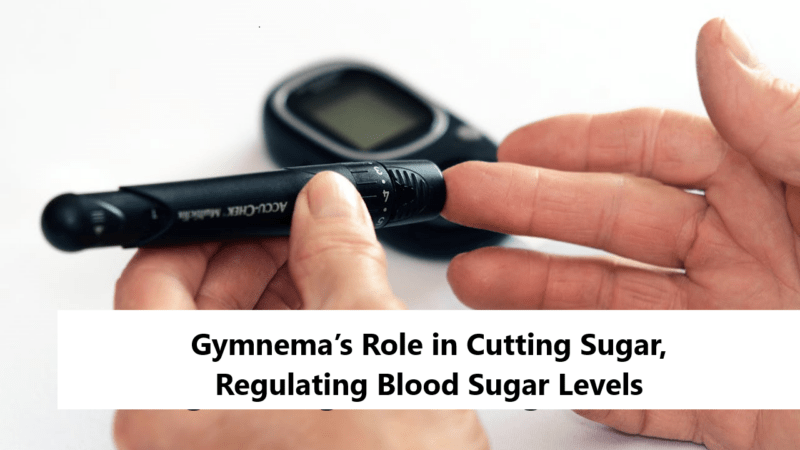Ripple Effect of Mental Health in School Networks

Recent research reveals a concerning trend: mental health disorders can spread within school social networks. By studying over 700,000 Finnish ninth-graders, researchers discovered that having classmates with mental health issues increases the risk of developing similar conditions later in life.
Social Networks and Mental Health
Researchers from institutions including the University of Helsinki and the University of Manchester utilized comprehensive Finnish registry data to explore this phenomenon. They followed the adolescents from the end of ninth grade for an average of 11 years. The study is one of the largest and most thorough investigations into how mental disorders can spread within social networks formed by school classes.
Associate Professor Christian Hakulinen of the University of Helsinki noted that while previous studies hinted at similar findings, this study’s scope and methodology provide a more robust understanding. Unlike previous research where social networks were often chosen by the subjects, school classes offer a more unbiased sample, as students generally do not choose their classmates.
Implications for Preventive Measures
The findings highlight the urgent need for preventive measures and early intervention in schools. With mental disorders posing a significant global challenge, especially among young people, it’s crucial to address these issues proactively. Hakulinen points out that about half of all adult mental disorders begin before age 18, emphasizing the need for early action.
A Silver Lining?
Interestingly, the study suggests that awareness and normalization of seeking help for mental health issues could have a positive aspect. If students see their peers seeking help, they might be more likely to seek help themselves, reducing the stigma around mental health.
Moving Forward
The study involved tracking 713,809 Finnish students born between 1985 and 1997 until they received a mental disorder diagnosis, left the country, or died, with follow-up ending in 2019. This long-term perspective offers valuable insights into how mental health issues evolve and spread.
In light of these findings, it’s essential to consider mental health education and support as integral parts of school programs. By understanding and addressing the social dynamics that contribute to mental health issues, we can better support our youth and foster healthier school environments. Preventive measures, open discussions, and accessible mental health resources are vital steps in mitigating the spread of mental disorders among students.
Also Read: How Can You Protect Your Eyes from ‘Eye Stroke’ During Scorching Heatwaves
Verdict
The study underscores the interconnected nature of mental health within social networks. As we strive to improve mental health outcomes, acknowledging and addressing the influence of peers is crucial. Schools, parents, and policymakers must work together to create supportive environments that promote mental well-being for all students.
Q&A
Q: What were the key findings of the research on mental health and school social networks?
A: The research found that students with classmates diagnosed with mental disorders were at a higher risk of being diagnosed with similar conditions later in life, particularly within the first year after ninth grade. Mood, anxiety, and eating disorders showed the strongest associations.
Q: How many students and schools were involved in the study?
A: The study analyzed data from over 700,000 ninth-graders across 860 Finnish schools, making it one of the largest and most comprehensive investigations into the spread of mental disorders within school social networks.
Q: Why are school classes considered ideal social networks for research?
A: Unlike other social networks where individuals may choose their connections, school classes offer a more unbiased sample as students generally do not have control over their classmates. This reduces potential biases in the data.
Q: What implications does the research have for preventive measures?
A: The findings underscore the importance of preventive measures and early intervention in schools to address mental health issues. With about half of all adult mental disorders starting before age 18, early action is crucial.
Q: Is there a positive aspect to the normalization of seeking help for mental health issues among peers?
A: Yes, the study suggests that awareness and normalization of seeking help could have a positive impact. If students see their peers seeking help, they might be more likely to seek help themselves, reducing the stigma around mental health.
Also Read: Elevate Your Summer Fitness with a Quick, No-Equipment Beach Workout
Q: How long did the study follow the participants, and what were the criteria for ending the follow-up?
A: The study followed participants from the end of ninth grade for an average of 11 years. Follow-up ended when participants received a mental disorder diagnosis, left the country, or died, with the latest follow-up occurring at the end of 2019.











